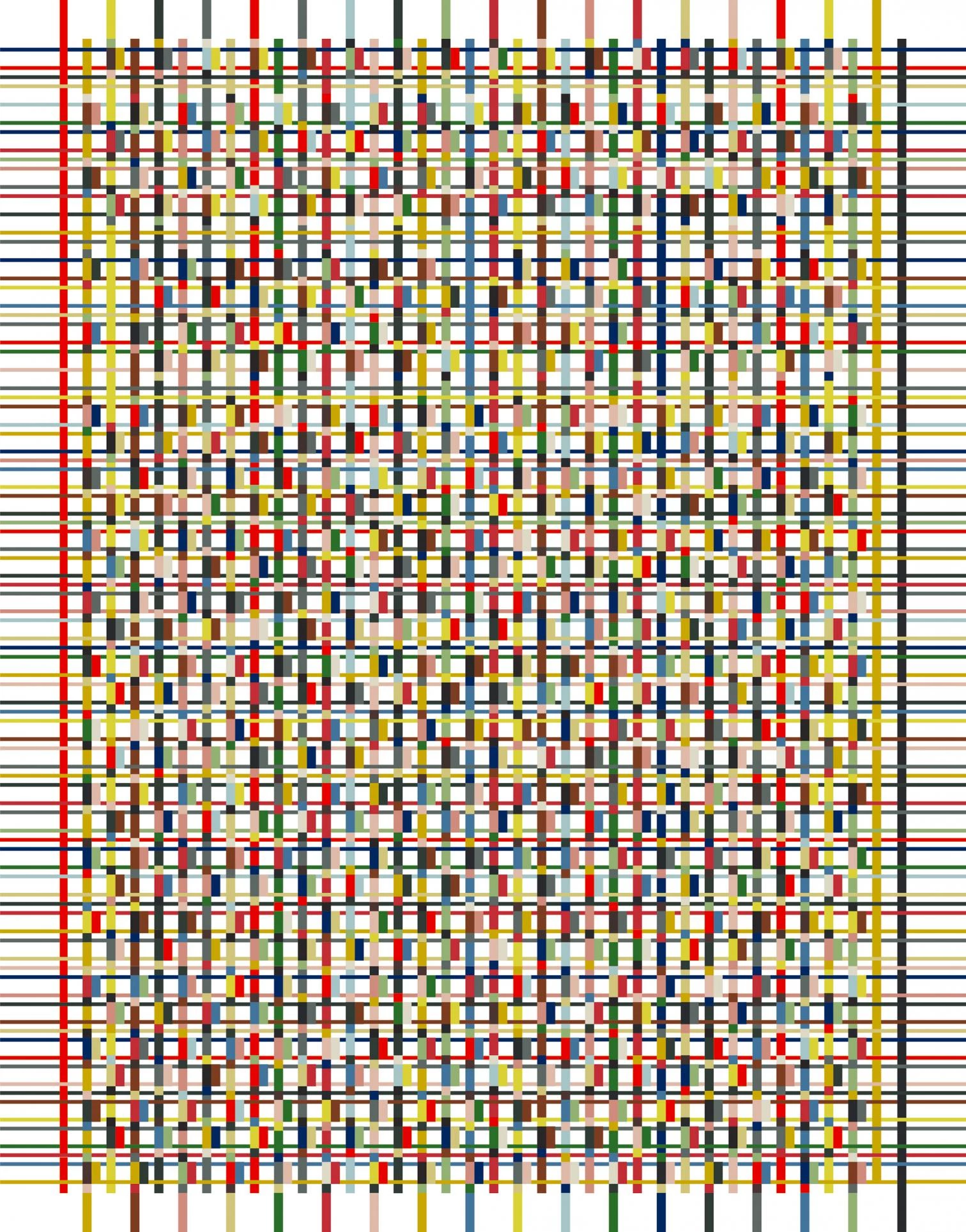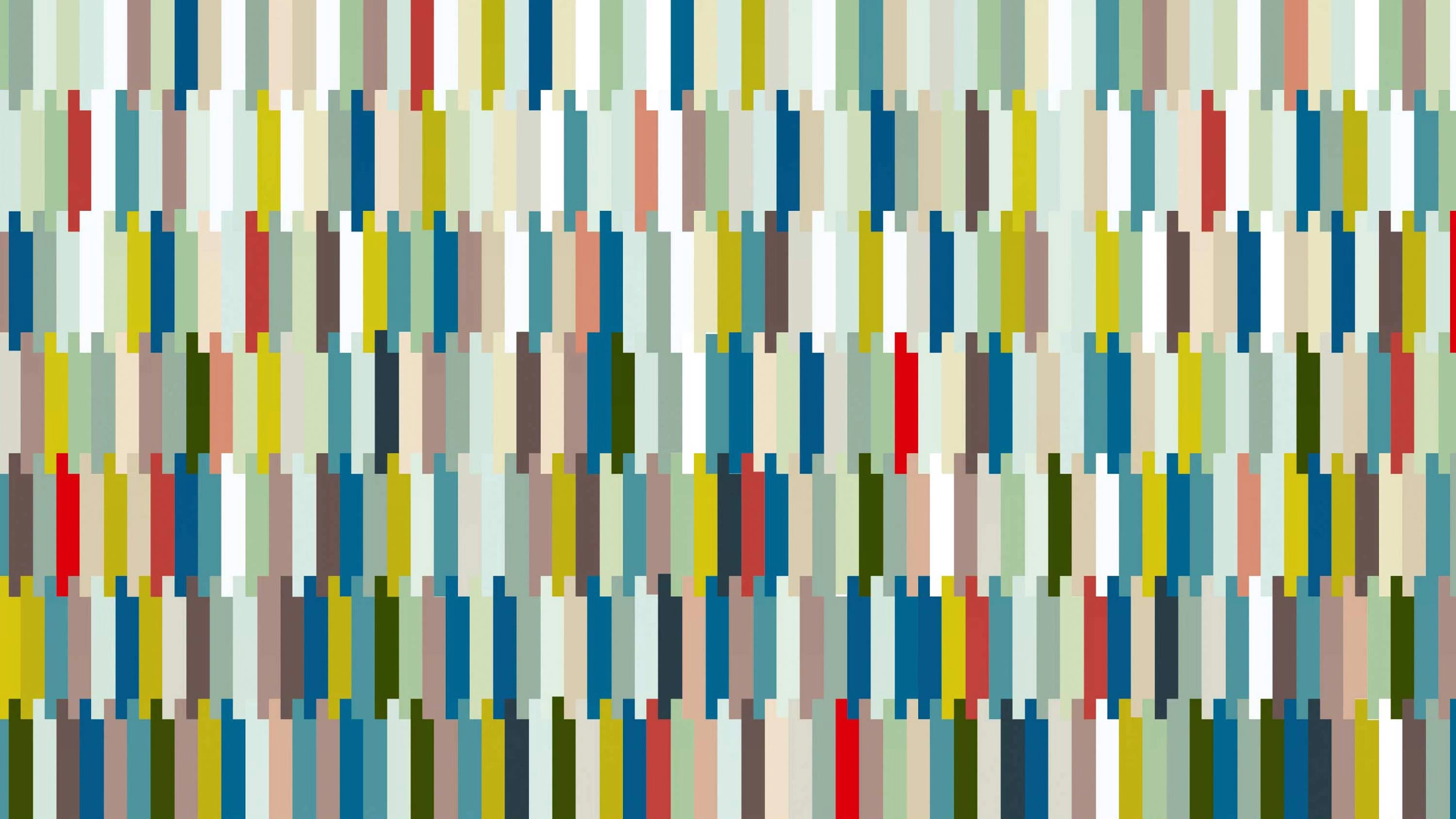
Matthias Sauerbruch and Louisa Hutton are architects of the horizontal and of the vertical. On the ground plane, they interpret the shape of the city as a mosaic of pieces and intentions, where each building is inserted in the urban grid as a tessera that completes a motif; and on the facade surface, they design the dialogue with the environment through a tapestry of materials and colors, where each thread resonates with the memory of the place. Classical musivaria assembles mosaics like stone carpets, and the traditional ateliers weave tapestries as suspended canvasses – a condition that allows associating their objects with the horizontal and vertical development of architecture, even if contemporary practices also design vertical mosaics or describe the horizontal city as an urban tapestry. In any case, these metaphors are useful to stress the political dimension of an oeuvre that sets out to rebuild the European city with ecological tools, but without letting ethics exclude artistic expression.
In their buildings color has been so central that it would be tempting to situate them primarily in the ornamental affiliation of the textile facades theorized by Semper and in the postmodern graphic imagination of their training years, but the architects have suggested that their work could be framed in the pragmatic and ecological context of a ‘schwache Moderne,’ and it is here where we can understand their determination to reconcile the utilitas of urban intelligence and functional adequacy with the firmitas of constructive innovation and recycling, and both with the venustas that supplies pleasure through beauty. Horizontal in their attentive ear to the dim rumor of the city, and vertical in their sharp eye to spot the visual traces of the environment, Sauerbruch and Hutton are above all strategic spirits that breath the air of the time to come, detect the haphazard variations in taste and tactfully raise the works that best express the paradigm shift brought by the ‘Klimawandel.’
The violent beauty of their works or the characteristic polychromy of their facades should not push to the background the critical acuity with which they interpret the world they live in, shaken successively by huge economic, sanitary, and geopolitical shocks, and this in the context of climate change, the digitalization of the economy, and the robotization of production. Accepting these whirlwinds of history, but without ever giving up a thoughtful resistance to the material and social dysfunctions of a technological progress that is both fast and blind, they manage to combine industrialized construction with handcrafted manufacture, modular design with material aging, and inventive innovation with timeless logic. Their buildings are friendly because they are placed in the city with intelligence and respect, and they are sensual because they appeal to enjoyment through the senses: tiles of the urban mosaic, weft and warp of the tapestry of life, these friendly works deserve to be loved, these sensual works deserve to be felt.







